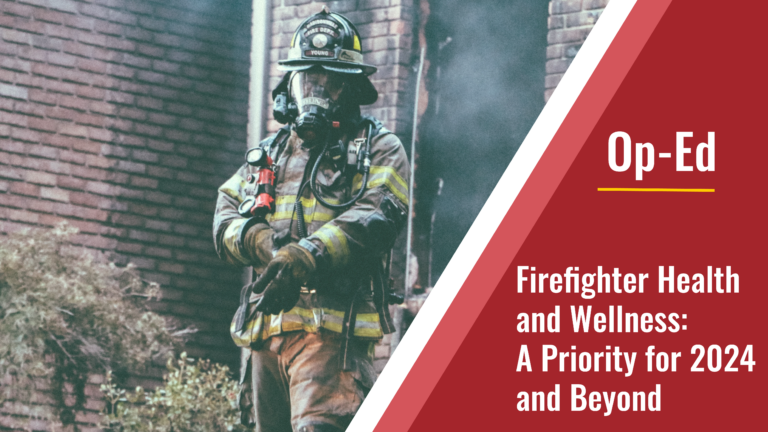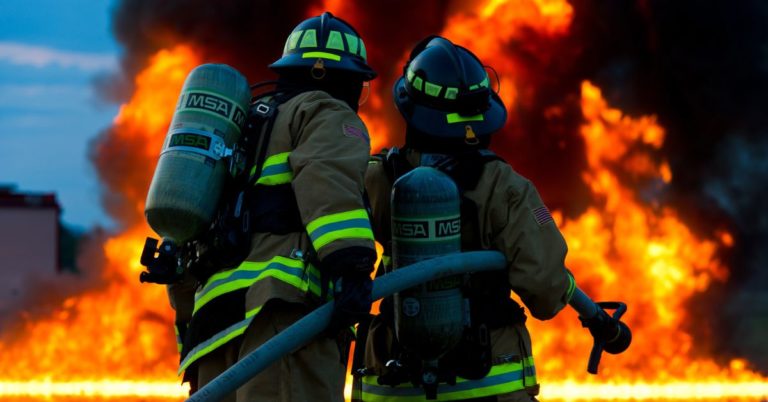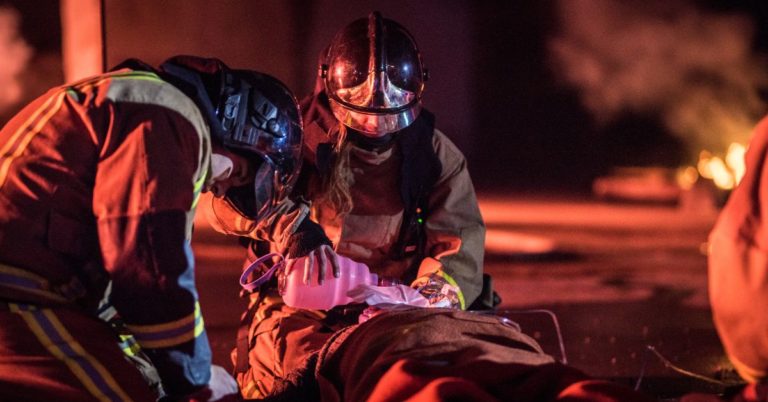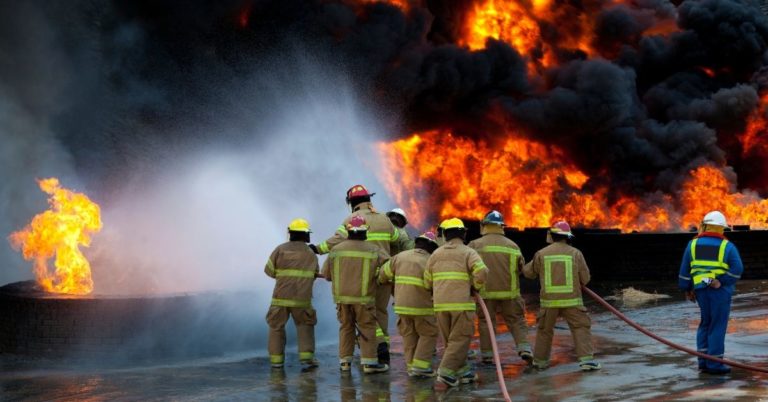Throughout the summer massive wildfires devoured vast expanses of the Pacific Northwest landscapes. Millions of acres were burned, countless communities were affected, and enormous struggles ensued to contain the damage being done by these record-setting blazes.
Colorado should be preparing for the cold of winter, snow, and the annual ski season that the state is famous for. Instead of snow, however, many parts of Colorado are being covered in ash. What has been a record setting, grueling wildfire season in the West, began spreading into the state at an alarming rate.
Over the last couple weeks, Colorado Firefighters have been waging a battle against two massive fires: the Cameron Peak Fire, the largest in the state, and the East Troublesome Fire, which has burned through stretches of Rocky Mountain National Park. Between the two, hundreds of thousands of acres have burned while well over 700 Firefighters work to combat them.
These conditions have meant long hours facing the seemingly impossible task of bringing these blazes under control for Fire & Emergency services. At the Cameron Peak fire, this entailed battling the flames while extreme winds beat down on them, creating a “smokenado.” From USA Today: “The Cameron Peak Fire grew by nearly 70,000 acres Friday through Sunday as firefighters faced wind gusts of more than 70 mph and a rare smokenado that was photographed by at least one local resident.” After just a few more days that blaze grew to over 200,000 acres! The massive task of combating these fires has resulted in a large strain on the local departments, including 5 volunteer departments. In addition to the immense pressure on the firefighters of the region, volunteers and other emergency services have been working around the clock, according to local KOAA5 News. They are working to provide food, shelter, supplies, and emotional support to the countless members of the community being displaced by the infernos.
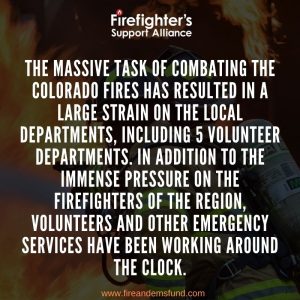
In an article written by The New York Times, the citizens being threatened by these unusually large fires in Colorado could only “pray for snow.” The paper reports that despite blizzards in the forecasts, Fire Services in Northern Colorado are battling intense conditions:
“…fire crews in Northern Colorado spent another grueling day on Friday battling 60 mile-an-hour wind gusts and trying to get control of the East Troublesome fire. The 188,000-acre wildfire has destroyed an unknown number of homes as it roared through ranches, lakeside resorts and Rocky Mountain National Park this week.”
One of the largest fires in the state, the East Troublesome fire, had been increasingly difficult to combat and leaving many of the mountain town residents living on edge: “…Sheriff Brett Schroetlin of Grand County said the East Troublesome fire was changing unpredictably, hour by hour, making it difficult to tell residents whether their property had survived or was in danger.”
With wintry systems moving into the area, there is the hope of mitigating further disaster, but it was a race against time to contain the damage before mother nature lent a hand. But one thing seems to be clear: If the weather and climate continue along this year’s trend, there may be more and more drastic wildfire seasons to contend with:
“In the last 30 years, this has been the driest growing season, by far,” said Klaus Wolter, a climatologist at the University of Colorado’s Cooperative Institute for Research in Environmental Sciences. He owns a home about four miles from where the Cal-Wood Fire erupted in Boulder County on Saturday.
He said conditions are worse than 2002, a notorious year in Colorado for wildfires when the Hayman Fire northwest of Colorado Springs scorched more than 138,000 acres and 133 homes.”
Once the winter weather system had moved into the area, local authorities were able to begin assessing the damage and the path forward, according to The Associated Press. And it appears that the damage was extensive. The AP reports that “The East Troublesome Fire has destroyed around 301 square miles (780 square kilometers) — an area nearly the size of New York City and was 15% contained on Monday.” The focus now is to get as many of the thousands of affected people who had to flee back into their homes as possible.

